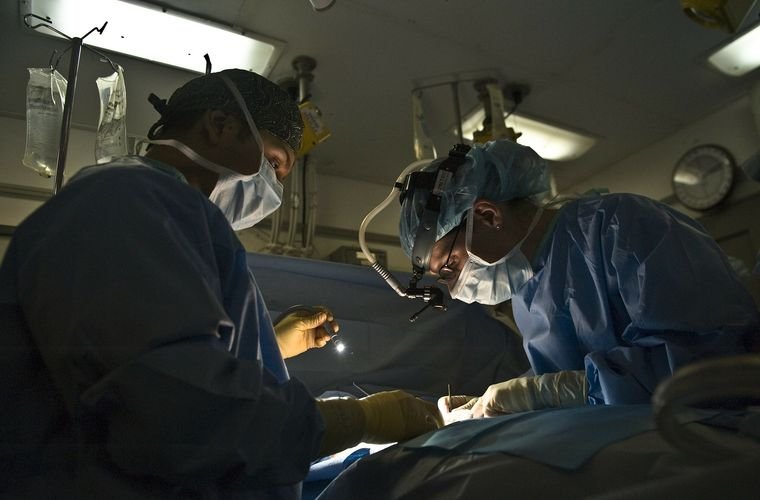Duct tape is renowned by many to be the “fix-all” tool to have on hand at any workbench. Its easy-tear and strong adhesive make it an attractive solution to problems ranging from HVAC maintenance to NASA command module filter leaks. And now, duct tape may be making a debut in the operating room, as engineers from MIT have created a type of surgical duct tape, which can help stop bleeding and seal wounds.
Background: Time Before Tape
Many surgeries and operations currently use sutures, or stitches, to help sew up wounds or organ tears. These stitches use a sterile surgical thread and the nimble fingers of a doctor to get the job done. Sutures can either be absorbable, meaning that the body will slowly dissolve them, or nonabsorbable, as they will have to be removed later. The process of suturing can take a long time and lead to follow-up operations if the stitches tear or need to be removed. This can cause extra hassle for both the patient and the doctor, leading many to look for solutions elsewhere.
Analysis: Creating a Surgical Duct Tape
MIT chemical engineers believe they have found a potential solution in the creation of a biodegradable surgical sticky patch. This patch uses an adhesive made from polyacrylic acid, which is also found in the absorbent material of diapers. When the patch gets wet, it becomes sticky and can strongly adhere to an organ or tissue. The researchers originally wanted to make their sticky patch double-sided but found this was not practical for surgical use. According to read author Jingjing Wu: “In practical situations, it’s not common to have to stick two tissues together-organs need to be separate from each other.”
Instead, the researchers created the surgical duct tape with one side sticky and the other side smooth. They proposed that this new tape could be used to close tears and seal wounds in the intestines or colon. Previous research showed that sutures in this area could cause scarring or tearing, which could lead to an infection. These issues can cause extra stress for both the patient and the doctor. A surgical duct tape could solve these problems, leading to a better recovery process.
To test the effectiveness of their tape, the researchers placed it in a culture of human epithelial cells. The cells continued to grow even with the patch being there, showing that they were biocompatible. When tested on rats, the patch naturally degraded after 12 weeks, showing no toxic effects, and eliminating the need for follow-up surgeries. The team published their findings in the journal Science Translational Medicine.
Outlook: A Faster Recovery Process
With a more natural and efficient sealing tool, surgeries may be faster and lead to a faster recovery process. The implications of this surgical duct tape are quite large for the medical community “There are millions of surgeries worldwide a year to repair gastrointestinal defects, and the leakage rate is up 20% in high-risk patients,” explained corresponding author Xuanhe Zhao. “This tape could solve that problem, and potentially save thousands of lives.”
Kenna Castleberry is a staff writer at the Debrief and the Science Communicator at JILA (a partnership between the University of Colorado Boulder and NIST). She focuses on deep tech, the metaverse, and quantum technology. You can find more of her work at her website: https://kennacastleberry.com/

